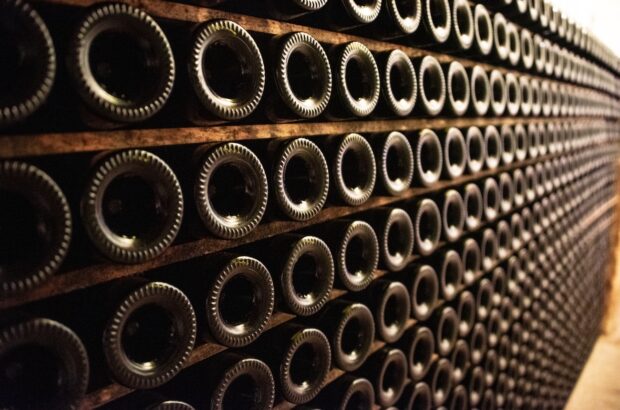Four months after an initial agreement was signed, the Consejo Regulador of D.O. Jerez-Xérès-Sherry has now finalised and validated a document approving several important changes to its core rules. Many of the contents of the agreement represent historic developments in the 86-years of the denomination.
The decision happens against the backdrop of an enduring conflict between Jerez and Sanlúcar de Barrameda around matters of production and representation of Fino and Manzanilla. Yet, the agreement goes well beyond the settlement of the ongoing feud and introduces important steps towards greater diversity and commercial competitiveness.
Commenting on the changes, Sarah Jane Evans MW, renowned Spanish wine expert and Co-Chair of the Decanter World Wine Awards, said that the changes are encouraging and ‘reflect the fact that Jerez is diverse and dynamic.’
She believes the new set of rules ‘at last gives Jerez the chance to talk about grape varieties, soils, diversity, wine making.’ By reflecting historical practices in Jerez, the agreement is ‘a welcome return to some of the old ways,’ Evans concludes.
César Saldaña, president of the Consejo, confirms, ‘These elements need to be integrated into the DO regulations to allow us to enforce diversification.’
Here is an overview of the main Sherry regulation changes, now approved and set to come into force in November:
New (old) grape varieties authorised
Several indigenous white varieties, widely planted in Jerez before phylloxera devastated the region’s vineyards, will now be allowed in the Sherry DO alongside Palomino, Moscatel and Pedro Ximenez.
Mantúo Castellano, Mantúo de Pilas, Vejeriego, Perruno, Cañocazo and Beba fell into oblivion but will hopefully now be reintroduced. Some producers have already started experimenting with these forgotten grapes without being able to label the wines under the DO’s stamp – until now.
Unfortified wines
Wines can now be labelled as Fino and Manzanilla even if they are not fortified. The other requirements of the production process – namely a minimum of two years ageing under floor – remain unchanged, as does the requirement of a minimum alcohol strength of 15º. (An indirect consequence of this decision is that Sherry can no longer be generally classified as a fortified wine).
Pagos: an updated map
Along with the new rules, the Consejo will release an updated and more extensive map of the Jerez pagos. These identify groups of vineyards with specific and differentiating micro-terroirs.
Single production and ageing zone
Arguably the most disruptive of the new rules: the end of the iconic Sherry Triangle. Until now, young base wines could be produced across the wider Jerez production zone, but the maturation of Sherry was restricted to the towns of Jerez de la Frontera, Sanlúcar de Barrameda, and El Puerto de Santa Maria. Going forward, Sherry can be aged throughout the entire production zone, with a much larger number of bodegas now able to label their wines with the DO stamp.

Manzanilla Pasada and Fino Antiguo
While these two categories are not new, the new regulations now set a minimum of seven years ageing for both.
Fino de Sanlúcar: an end to the ambiguity
Some Sanlúcar producers, such as Barbadillo, historically produced a full-bodied biologically aged wine which they labelled as Fino, due to its structural characteristics, rather than the expected Manzanilla. This was at the core of the conflict between Jerez and Sanlúcar, and was also questioned by the European Commission (i.e. the use of of the term Fino for a wine with the same technical specifications as Manzanilla, within the Manzanilla area). The new agreement defines that Fino can only be produced in Jerez and El Puerto. And all biologically aged wines produced in Sanlúcar can only be called Manzanilla. There will be a transitional period of 10 years to phase out existing Fino de Sanlúcar stocks.
Tabancos and despachos – regulating informal bulk sales
Sales directly from the barrel, or in tavernas, restaurants, shops within the bodegas (despachos) and Jerez’s unique Sherry bars (tabancos) have been a long-standing informal practice. The wines were sold without any labels or technical information. The new agreement will now authorise and regulate this traditional local supply-chain, allowing establishments to sell and fill two and five-litre PET containers.

Other, perhaps more anticipated measures, such as the incorporation of white still wines (not aged, unfortified and below 15% ABV) and the creation of a premium Jerez Superior category, were left pending for now.
However, Saldaña remarked that these Sherry regulation changes are ‘a big step and a first step’ and that other changes could well be on the horizon.







